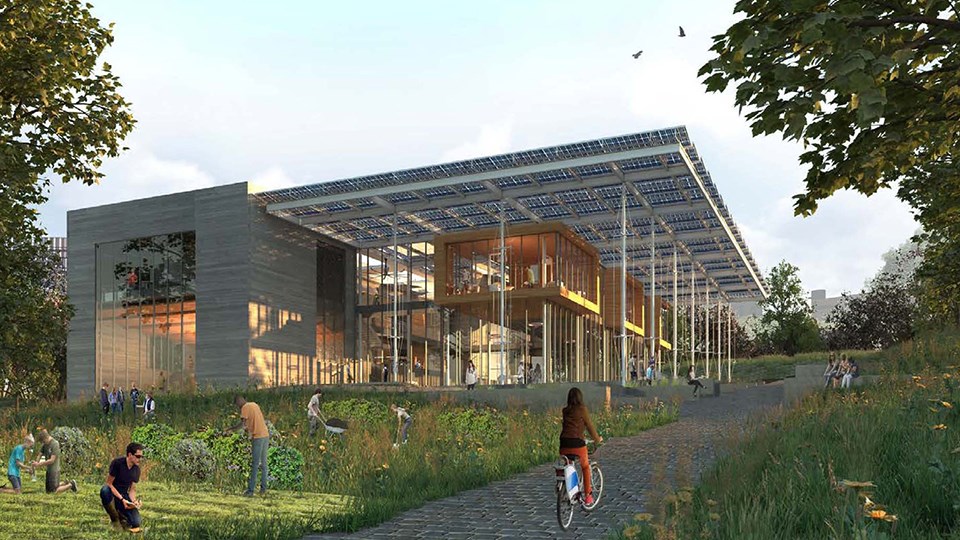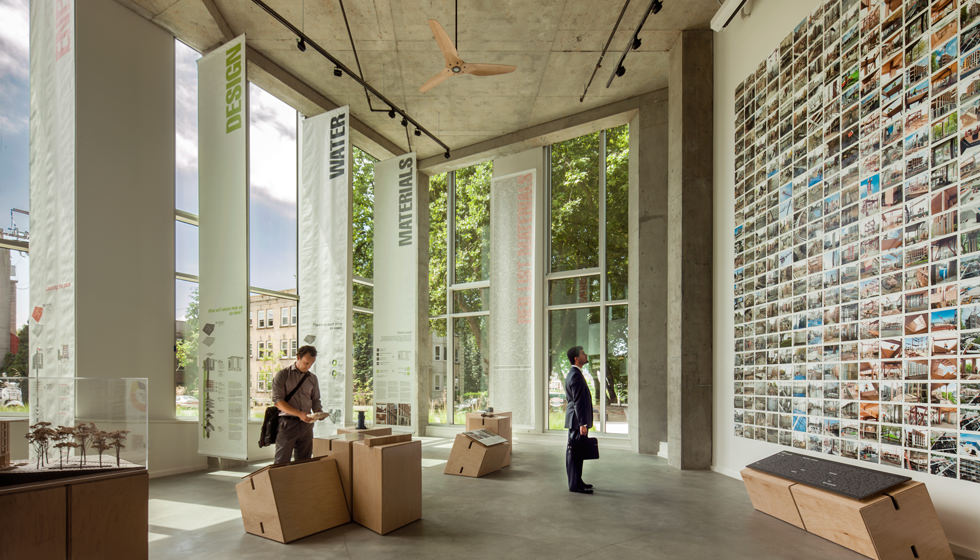Building sustainably is a practice gaining momentum among homeowners and real estate developers aiming to create eco-friendly environments. A sustainable building checklist is an invaluable guide to planning and executing green construction projects. This checklist not only ensures that you are using resources wisely but also enhances the longevity and efficiency of your building. In this article, we will explore the key elements that constitute a sustainable building checklist, helping you to understand and implement these crucial practices.

What is Sustainable Building?
Sustainable building, also known as green building, refers to using processes that are environmentally responsible and resource-efficient throughout a building’s life cycle: from siting to design, construction, operation, maintenance, renovation, and deconstruction. The practice expands and complements the classical building design concerns of economy, utility, durability, and comfort.
Why Follow a Sustainable Building Checklist?
A sustainable building checklist is essential for ensuring that every aspect of your construction or renovation project aligns with environmental goals. This checklist helps mitigate the environmental impact by guiding the use of sustainable materials and energy-efficient systems, promoting conservation of resources, and reducing waste. Furthermore, a well-followed checklist can also be a marketing advantage, as many home buyers are increasingly prioritizing sustainability in their decisions.
Key Components of a Sustainable Building Checklist
Site Selection
Choosing the right site is the first step in sustainable building. Evaluate the environmental impact of your site selections, such as proximity to public transportation and existing infrastructure to reduce the carbon footprint.
Energy Efficiency
Incorporate energy-efficient systems like solar panels or wind turbines. Use eco-friendly technologies such as LED lighting and high-efficiency HVAC systems to minimize energy consumption.
Water Conservation
Implement water-saving fixtures and systems. Rainwater harvesting and greywater systems are excellent ways to conserve and reuse water effectively.
Sustainable Materials
Choose materials with a low environmental impact. Recycled, locally sourced, and rapidly renewable materials should be at the top of your list.
Indoor Air Quality
Enhance indoor air quality by selecting non-toxic materials and providing efficient ventilation systems. Proper air filtration and moisture control are critical.
Implementation of a Sustainable Building Checklist
Implementing a sustainable building checklist requires attention to compliance with local codes and standards, such as LEED certification guidelines. Engaging professionals such as architects and builders familiar with sustainable practices can streamline this process.
Monitoring and Evaluation
Establish metrics to evaluate the effectiveness of your sustainable practices. This ongoing assessment helps in making necessary adjustments to further improve sustainability.
Challenges in Sustainable Building
While the benefits are significant, there are challenges, such as cost implications and finding skilled professionals. Explore the benefits of green construction to gain insights into overcoming some of these hurdles.
The Future of Sustainable Buildings
The trend towards sustainability is not just a passing phase but a decisive shift in priorities. The development of new technologies and materials continues to facilitate the broader adoption of green building practices, making them more accessible and affordable.
Government Initiatives and Incentives
Global and local governments are increasingly offering incentives for sustainable building projects through tax rebates and grants. Staying informed about such programs can significantly offset costs.
Technological Innovations
Pioneering technologies, such as smart home control systems and AI-driven energy management solutions, are making sustainable buildings more efficient and user-friendly.
Summary
A sustainable building checklist is an integral tool for anyone looking to engage in environmentally responsible construction practices. By following the guidelines outlined in this article, homeowners and real estate developers can meet the demands of the modern world for eco-friendly living spaces.

FAQs
What are the primary goals of a sustainable building checklist?
The main aim is to minimize environmental impact, promote resource efficiency, and maintain a comfortable and healthy indoor environment.
Is sustainable building more expensive?
Although the initial costs might be higher, sustainable building solutions often result in significant savings in energy and water bills over time.
How can homeowners benefit from sustainable buildings?
Homeowners benefit from reduced utilities, improved health and comfort, and increased property value.
This article contains affiliate links. We may earn a commission at no extra cost to you.




